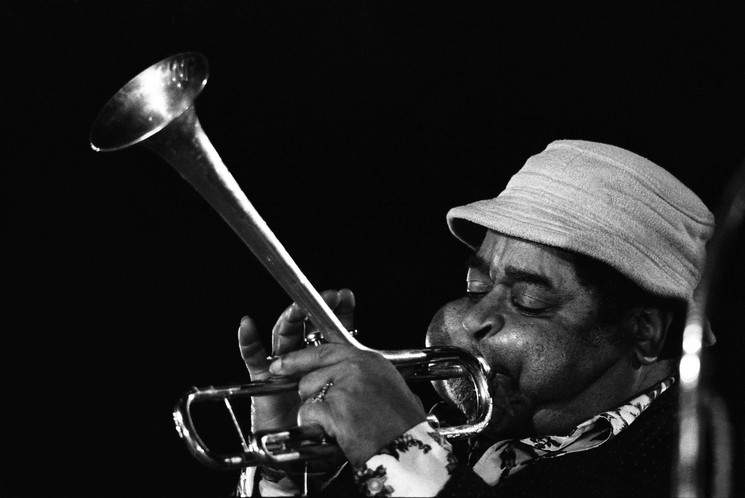Unveiling the Magic of "Manteca" by Dizzy Gillespie
Enveloped in the vibrant and dynamic jazz rhythms of the 1940s, "Manteca" by Dizzy Gillespie stands as a timeless piece, weaving a rich tapestry of musical innovation and cultural significance. This song, a cornerstone of Gillespie's illustrious career, showcases his extraordinary talents as a trumpeter and as a pioneer of the Afro-Cuban jazz movement.
The Cultural Impact and Historical Context of "Manteca"
In the throes of the 1940s, amidst the booming popularity of swing and bebop, Dizzy Gillespie co-wrote "Manteca" with Cuban percussionist Chano Pozo. The track became a cultural phenomenon, blending traditional jazz elements with Afro-Cuban rhythms, and thus, birthing a new genre that would shake the foundations of the music world. The fusion of these diverse musical traditions reflected the increasing cultural exchange between the U.S. and Latin America during this period, marking "Manteca" as a significant milestone in the history of music.
An Intriguing Fact About "Manteca"
One interesting fact about this piece is its title, "Manteca", which translates to 'lard' in Spanish. However, in the context of the song, it was used symbolically to represent the essence of Afro-Cuban music, with its rich, smooth, and fiery rhythmic patterns, much like the role of lard in cooking. This song, therefore, serves as a delicious musical feast, offering a taste of two distinct cultures fused into one harmonious melody.
Cover Versions of "Manteca"
Given the track's cultural impact and musical prowess, it's no surprise that "Manteca" has been covered by numerous artists over the years. Notably, jazz greats like Buddy Rich and Ella Fitzgerald have put their unique spin on this 1940s song, further testament to its enduring appeal and influence in the realm of jazz and beyond.
The Relevance of "Manteca" Today
Even today, the echoes of "Manteca" reverberate through the corridors of modern music, reflecting its timeless relevance. Its fusion of jazz and Afro-Cuban elements continues to inspire contemporary musicians, reinforcing Gillespie's legacy as a trailblazer. Moreover, the song's message of cultural unity through music remains as poignant as ever, reminding us of the power of music to transcend borders and build bridges between diverse cultures.



Comments (0)